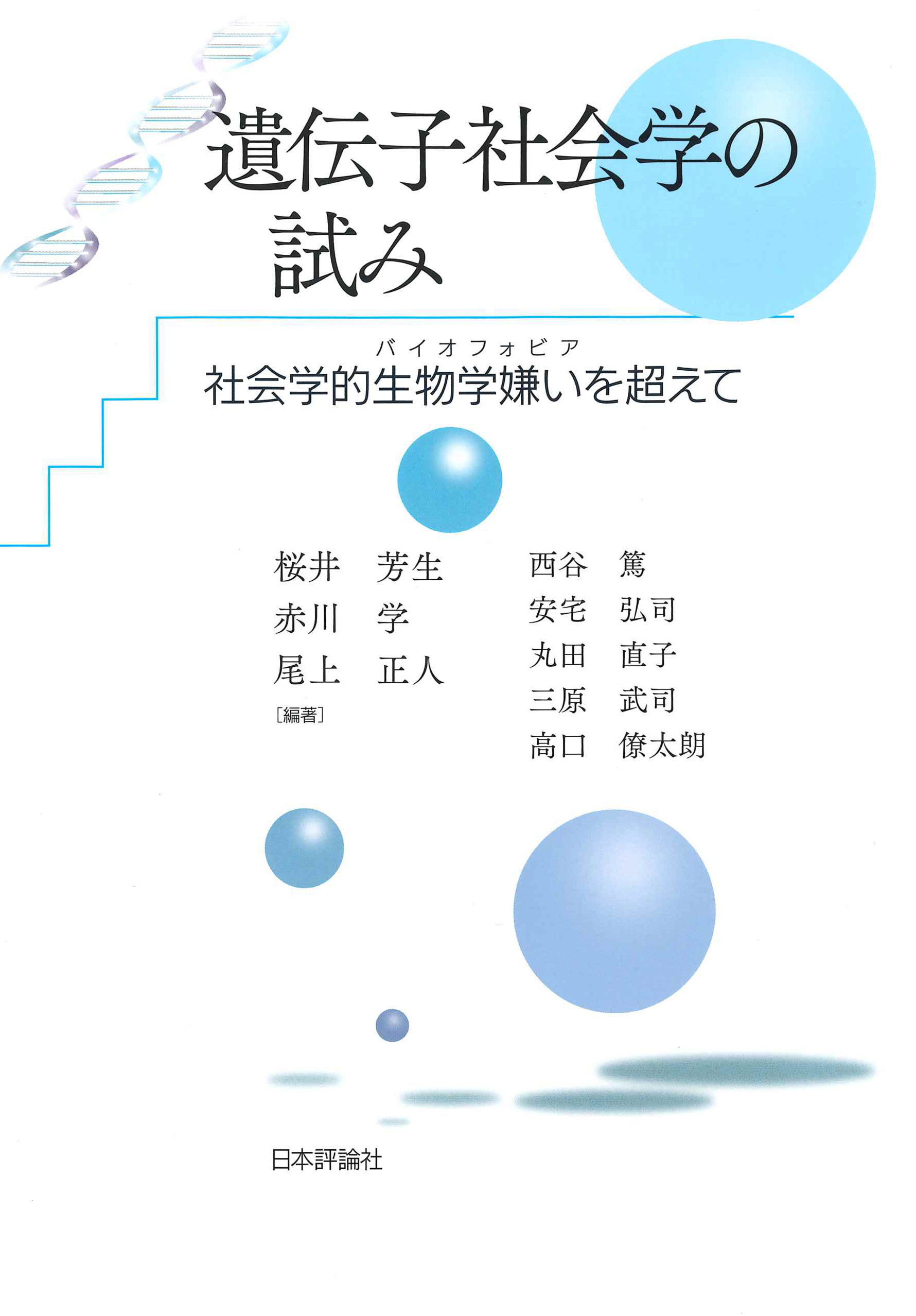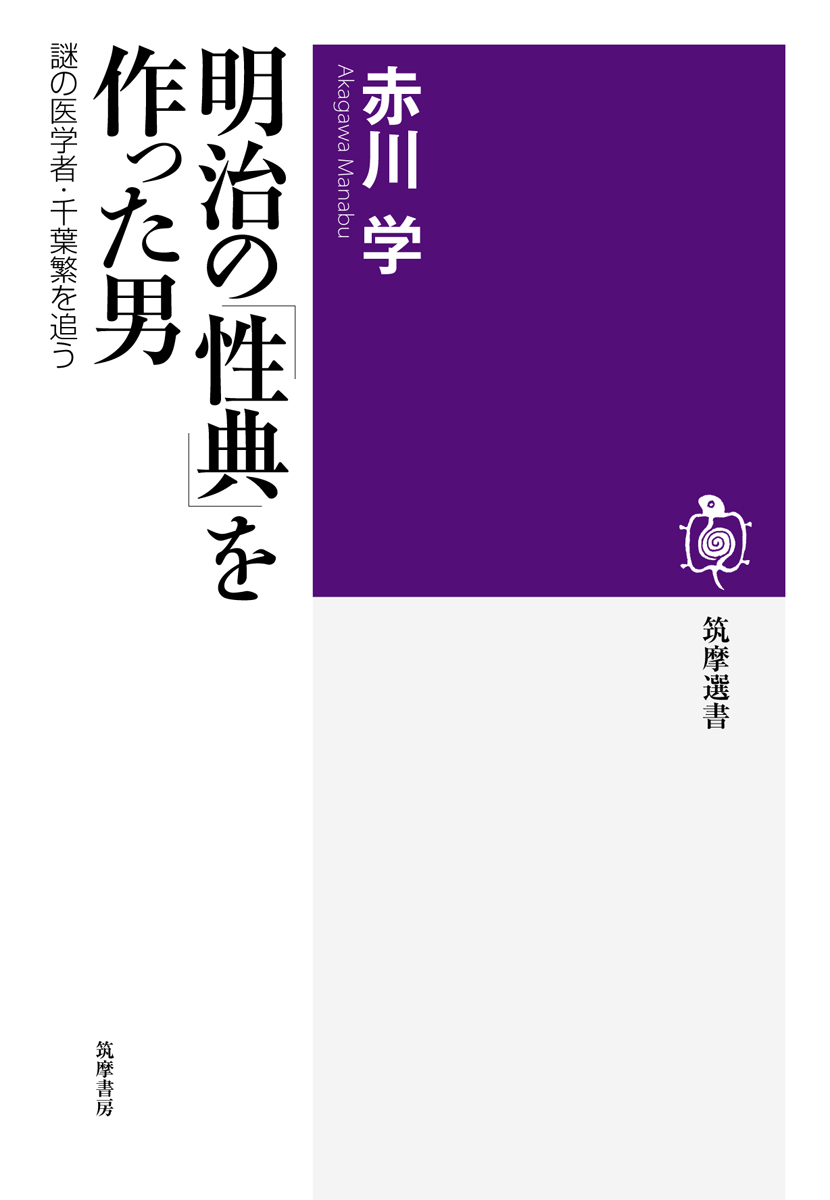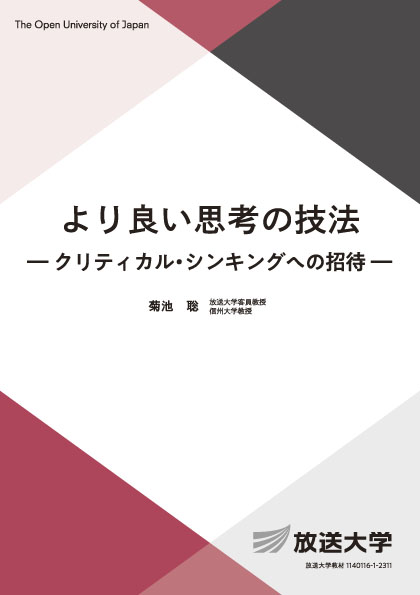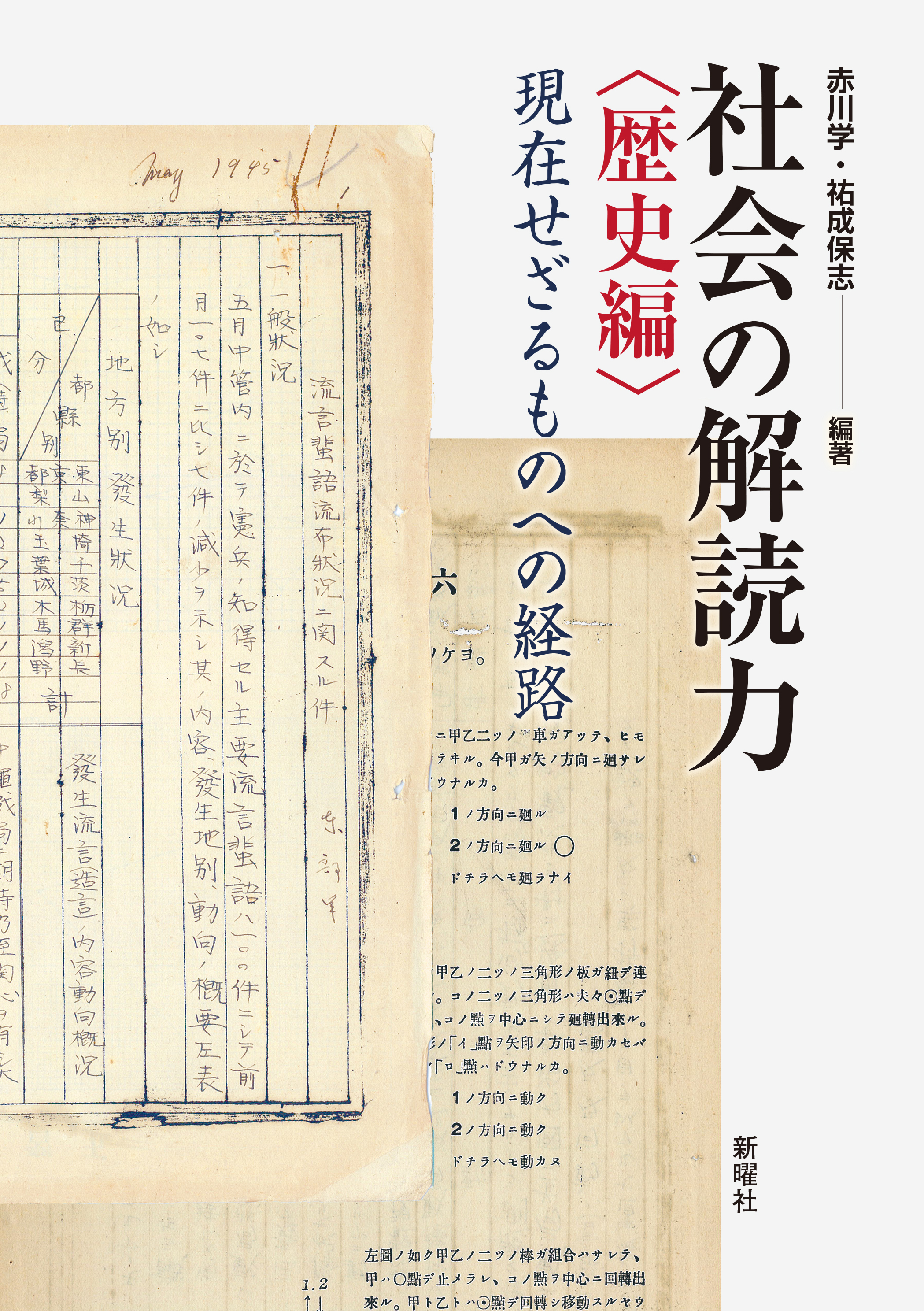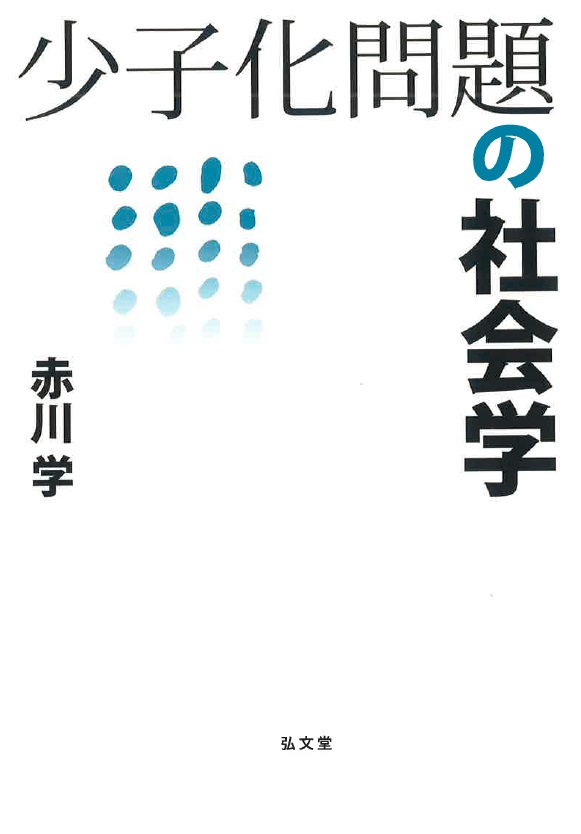
Title
Shoshika-Mondai no Shakaigaku (The declining birthrate issue in Japan)
Size
176 pages, 127x188mm, hardcover
Language
Japanese
Released
February, 2018
ISBN
978-4-335-55190-1
Published by
KOUBUNDOU Publishers Inc.
Book Info
See Book Availability at Library
Japanese Page
This book analyzes Japan’s declining birthrate through the lens of the constructionist social problems theory.
The theory uses a sociological approach that describes social problems as being constructed by the claims of various parties and analyzes them empirically.
The author analyzed declining birthrate, which is a serious social problem in Japan, using this approach.
The issue first came to public attention in 1990, when the fertility rate (the average number of children women conceive in their lifetimes) reached a record low of 1.57. Since then, Japan has tried various strategies to curb its declining birthrate. However, the fertility rate in 2017 was as low as 1.43. Thus, the strategies have not proven effective.
Why have these strategies failed? To address this question, one must determine the reasons for the decline, identify measures necessary to curb it, and understand the effects of these measures. The analysis of these matters led to the following findings.
The first finding is that some important facts are considered taboos and are not considered. A few of these facts are: 1) few women in Japan and in other countries with low-birthrates “marry down,” that is, marry someone with lower academic qualifications than them; 2) when socioeconomic inequality increases in a nation (as indicated by the Gini coefficient), it experiences a higher birthrate in the following year; and 3) in Japan, unlike in other countries, the level of public spending on childcare services is not correlated with birthrate. These facts rarely feature in discourse on the declining birthrate.
The second finding pertains to why these facts became taboos in the first place. The author attributes this to how the issue is framed in public discourse. For example, the discourse emphasizes the disadvantages of the declining birthrate while ignoring its benefits. In seeking solutions to the problem, the conventional narrative focuses heavily on social policy, including policies aimed at helping women balance their careers with parenting. The excessive focus on such social policy diverts attention from other potential policy solutions.
The third finding was the result of the author deploying a constructivist historical analysis, allowing the determination of the historic causal relationships to some extent. There was a shift in policy focus that yielded positive outcomes (in terms of curbing the declining birthrate) in the following year. Policy had originally focused on providing financial support to help mothers balance their careers with parenting. However, the focus shifted to achieving stable employment and incomes.
This book is intended for general readership. It demonstrates that the constructionist social problems theory can be applied to the declining birthrate in a rigorous manner. It also offers a range of other insights. The author has written two other books on Japan’s declining birthrate (both sole-authored). However, this book delves deeper into the topic and delivers a satisfying account of the sociology of the issue.
(Written by AKAGAWA Manabu, Professor, Graduate School of Humanities and Sociology / 2018)



 Find a book
Find a book



